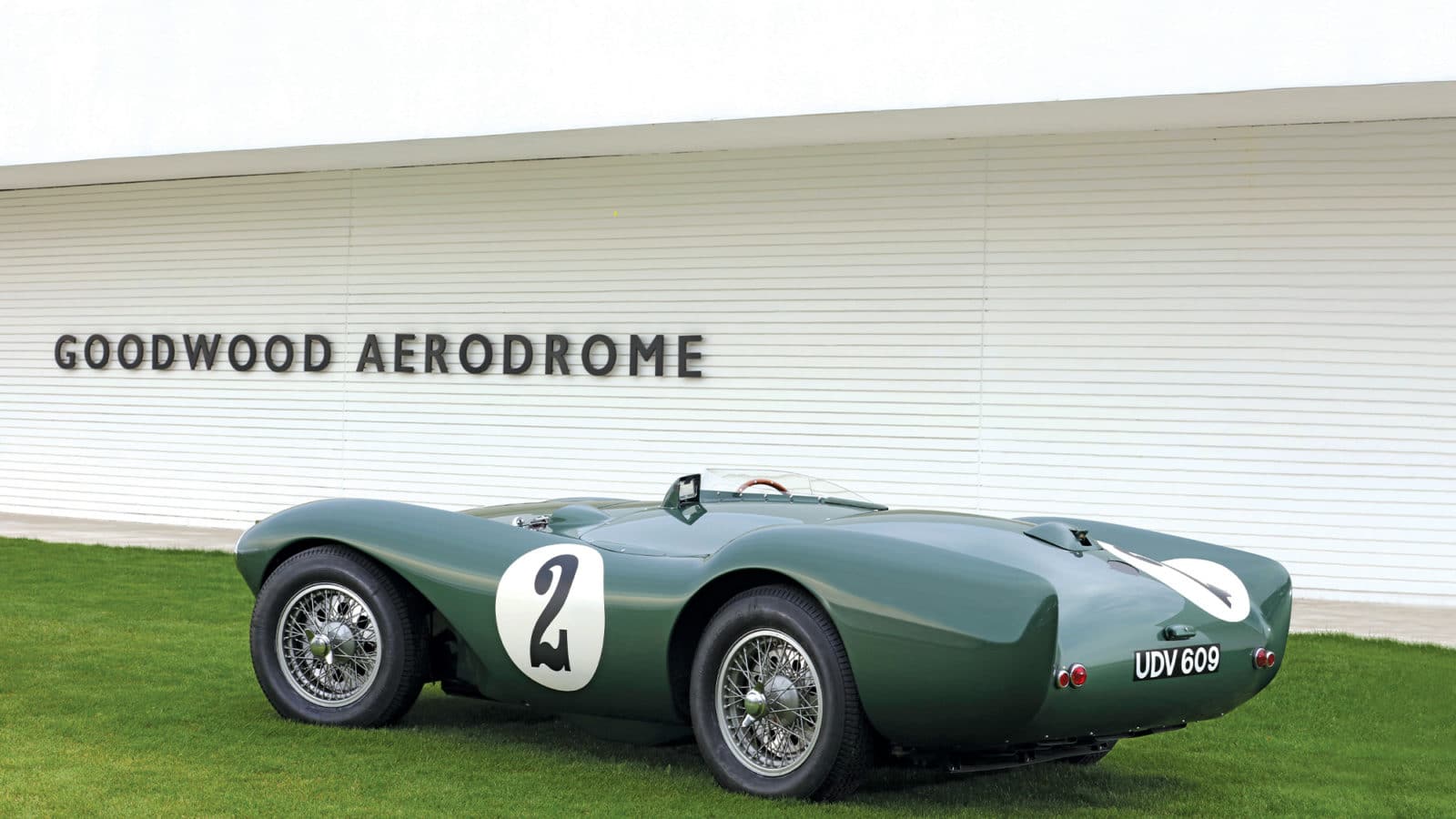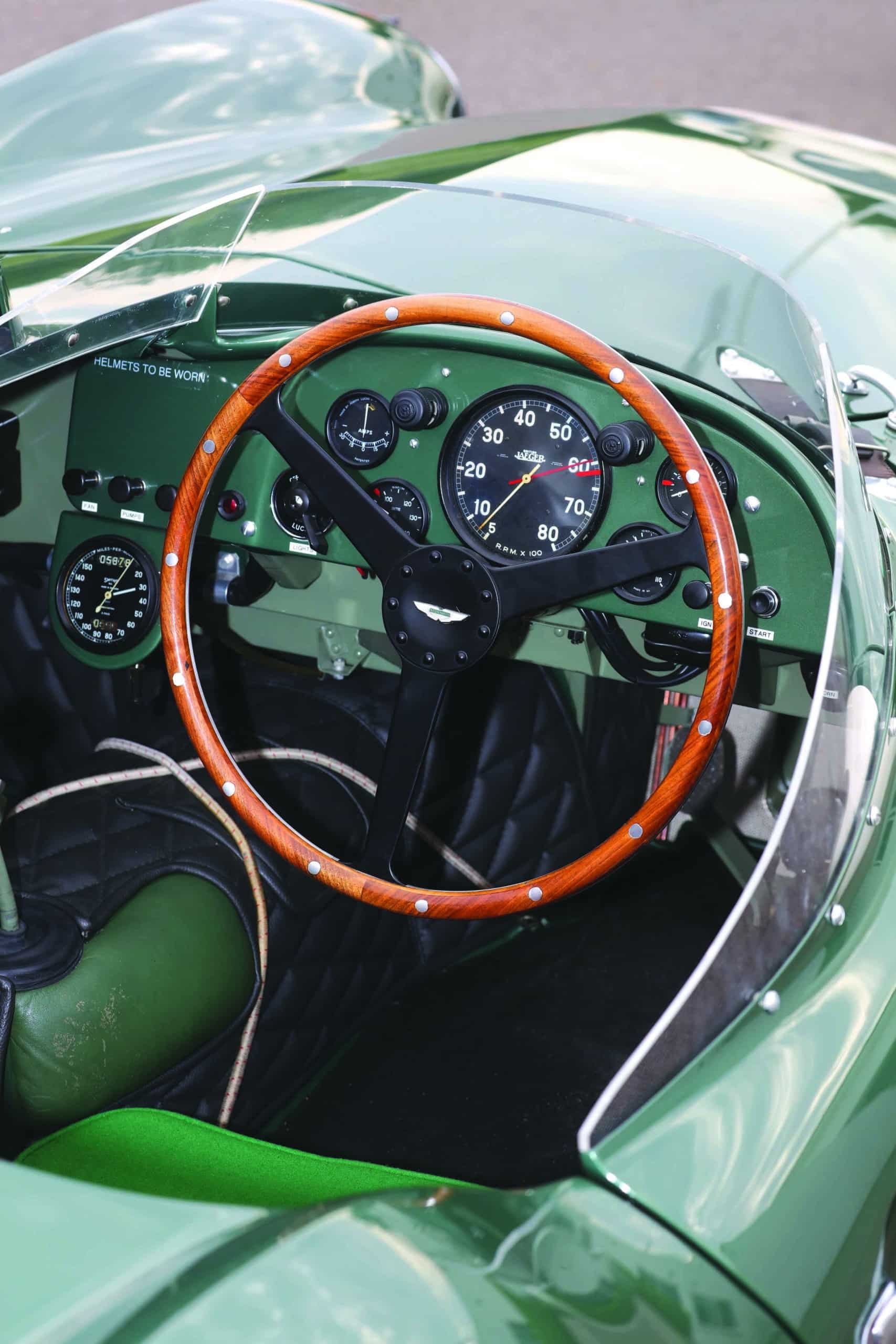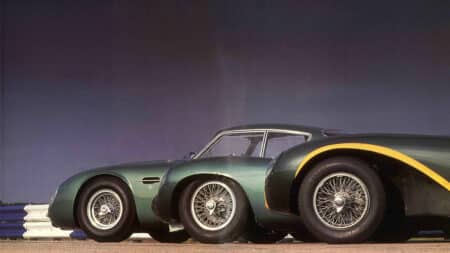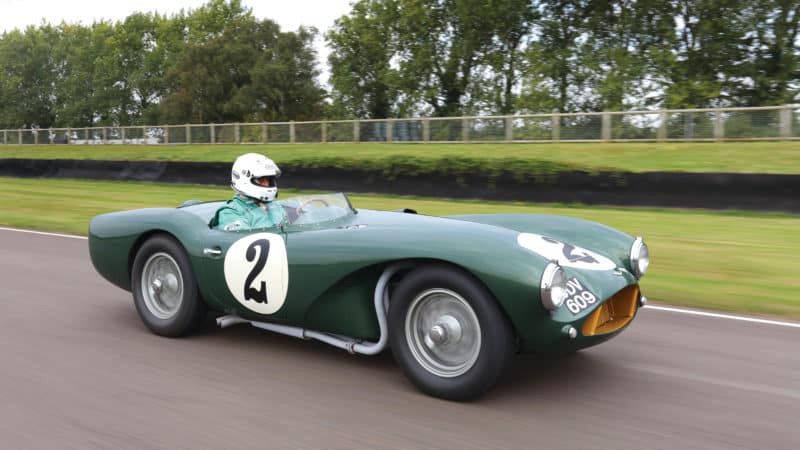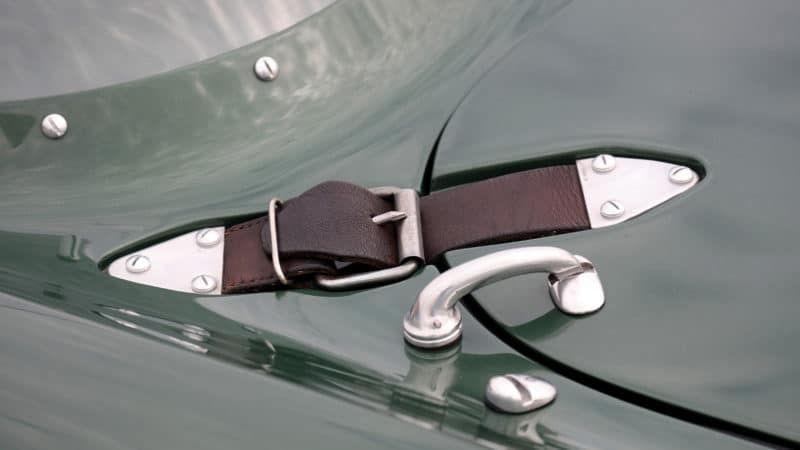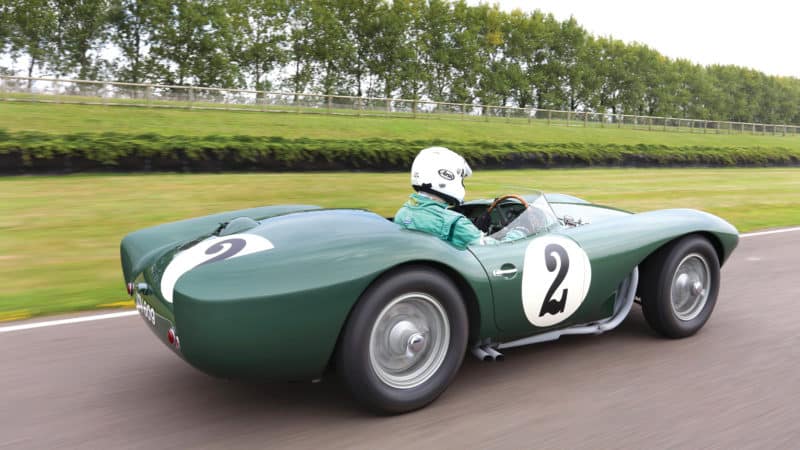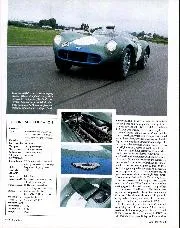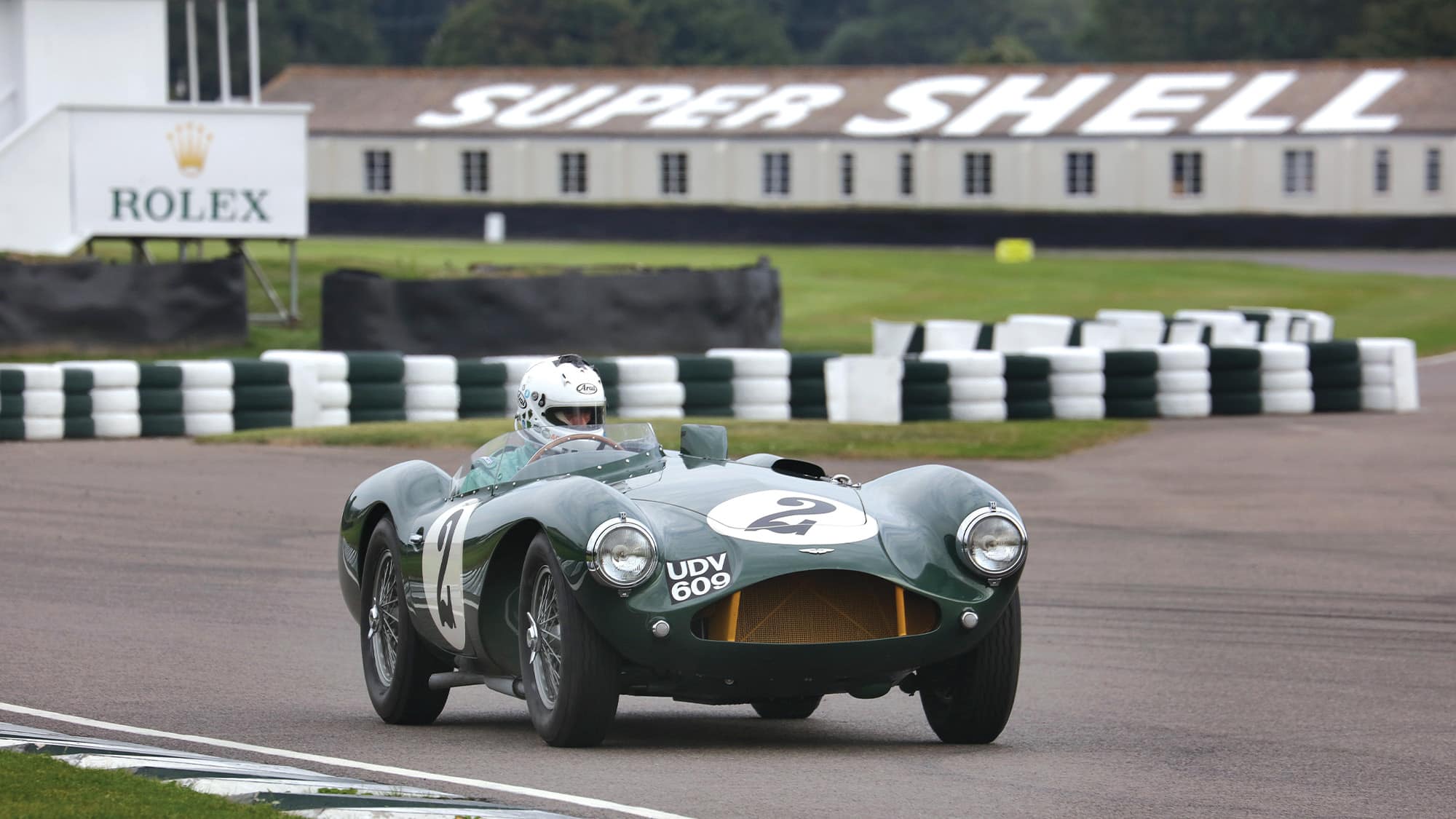The result was clear from the very first Monza test, Peter Collins lapping about 4sec faster than the DB3 had ever gone despite having no more power. It also gave the distinct impression of being more reliable than the DB3. For the first time, it seemed Aston had built a car that could compete with the world’s best.
“The car was more than good enough,” says the voice on the end of the telephone, “but its engine never had the power to do the rest of it justice.” I’m talking to Tony Brooks who, with Sir Stirling Moss, is one only two drivers alive to have raced a factory DB3Ss regularly in period. “It was lovely to drive: strong, balanced and competitive on circuits where power was not a priority, but at places with long straights, all you could do was sit there while Ferraris, Maseratis and Jaguars went flying past.”
The car’s first big win came in its first year, at the Dundrod Tourist Trophy in Northern Ireland. Facing three fully developed factory Jaguar C-types, one with Moss on board, the car of Collins and Pat Griffith won, with Reg Parnell and Eric Thompson’s DB3S second. By contrast all three Jaguars suffered transmission problems, two terminal, the third sufficiently serious to restrict Moss to fourth.

Coming right at the end of its first season, the omens for 1954 could scarcely have been better, but that promise was not matched by results. According to Wyer, it was “A complete disaster. The principal reason was we tried to do far too much with far too little.” Le Mans provided the perfect example: Aston entered four DB3Ss, two with gorgeous coupé bodywork, and a V12 Lagonda. The Lagonda crashed first, then both coupés had accidents caused by their appalling aerodynamic instability, while the two open DB3Ss succumbed to mechanical failure. In the world championship, a single third place in Buenos Aires for Collins and Griffith was the only result of note.
But 1955 was far better. The DB3S became the car to beat in domestic sports car racing, winning at Silverstone, Aintree, Crystal Palace, Oulton Park and, best of all, the Goodwood Nine Hours. Internationally, the first of those second places came at Le Mans, albeit courtesy of the withdrawal of the Mercedes-Benz team after the infamous accident. Back at the Tourist Trophy, a DB3S was first car home behind the three rampant SLR Mercedes, and ahead of factory teams from Maserati, Jaguar and Ferrari.
As could be expected given this was its fourth season, by 1956 the light of the DB3S had started to fade, partly through age, partly because Wyer and his team had switched focus to the DBR1 with its lightweight spaceframe construction. But the 3S still came second at Le Mans and won its class, was still formidably competitive at home and was still beloved by all who drove it; but was no match for more modern, lighter Ferraris and Jaguars with their bigger, more powerful engines.
